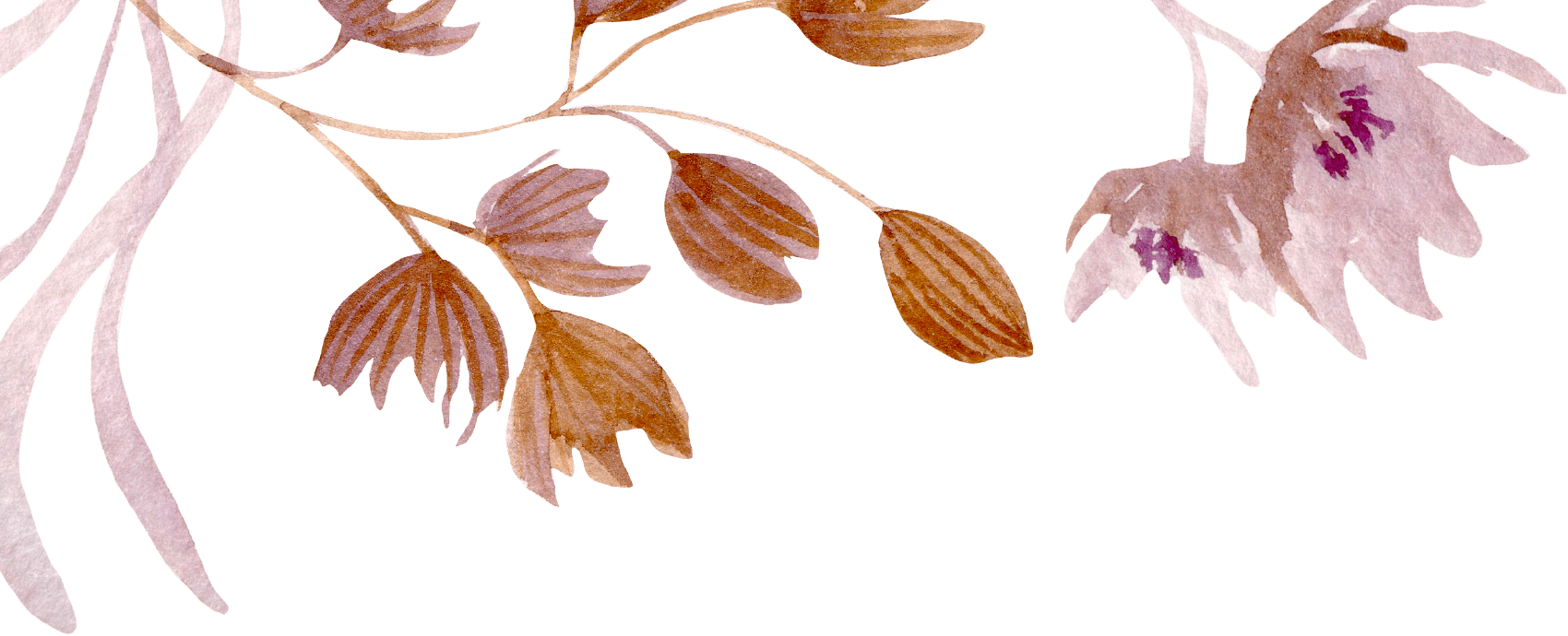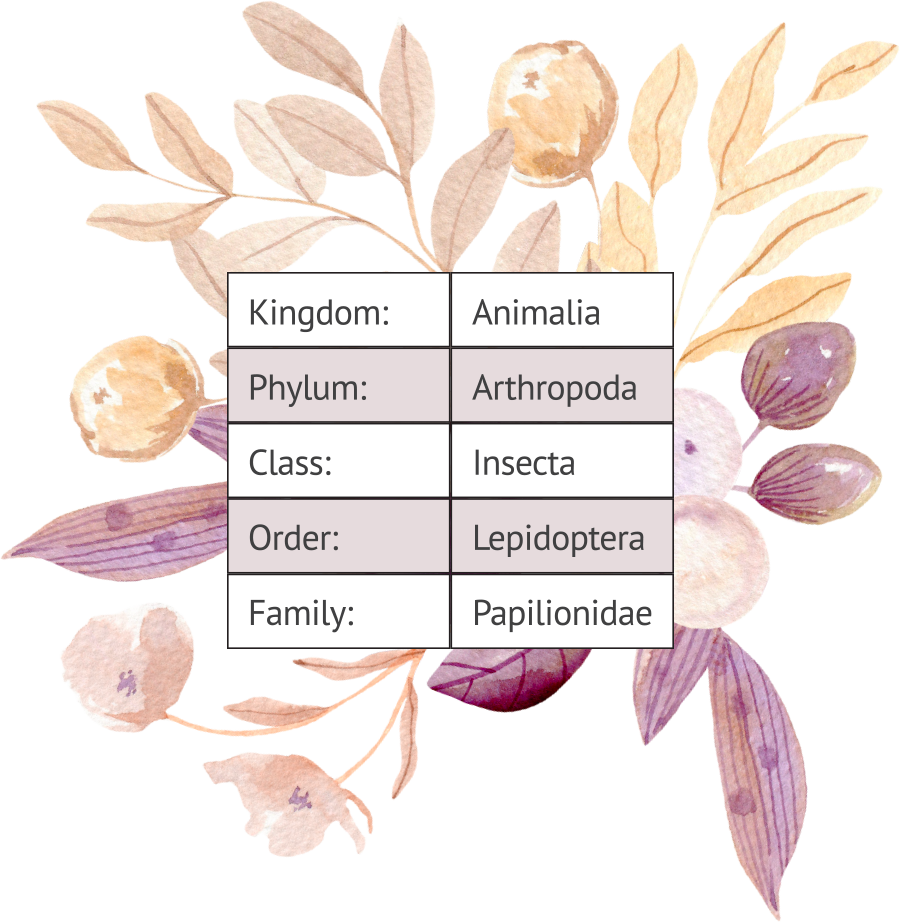

To spend time with and get to know your children in a way that you never could otherwise is the most priceless benefit. To be the one who shares the vast discoveries of our entire earth—the history of peoples, animals, and plants…even out into the universe…wow, what an unbelievable quest you are on! This isn’t dry textbook stuff; you are introducing your children to life, and life that is abundant in its scope and beauty and unique details.
This is the honor you’ve been given—to teach your own. Moreover, it is the truth to keep before you every day that you teach. Yes, you might get stuck for a brief time with a seven year old who isn’t catching on to how to subtract numbers, but those moments soon resolve, and they pale in comparison to the vital task with which you’ve been entrusted! Every day you are opening up more of the world for your students to meet, examine, and walk in.

For them to wonder and ponder, question, and apply with wisdom what they’ve been taught…this is real learning! If your children were in public school, they would either be rushed through lessons or have to move on according to where the majority of the class was in the learning process. However, your students have you to watch them and to know when to slow down and when to move on. Even though there are two more pages of problems—you know they have it. Skip it.
To wonder and ponder is for your student to be touched by the subject you are teaching, whether it is math, language arts, spelling, the Bible, history, science, or art. To be touched in such a way that in their daily free time, at night before sleep or on awakening in the morning, they are thinking about what they learned. Perhaps they are still thinking about and amazed by the scales on the butterfly’s wing and wondering if they are the same type of scales as on a fish and how they can find out. One student might learn about the American Civil War, ponder what other countries have had a civil war, and want to know whether they stayed together or split in two. Or a young student just learning his letters makes the amazing discovery of how letters go together to make words! Then later how those words gather together to reveal ideas and to tell stories. What a wonder for them to consider! Or finding out that a big batch of cookies can be placed into rows of two and counted more quickly that way. Skip counting, voila!

The words you’ll love to hear a few days after a lesson are, “Mom, I’ve been thinking…”
Whether it is a request from your student to get another book on clouds or Abraham Lincoln or just a comment or reflection that lets you know pondering has been going on—you will know you’ve passed on the world’s lessons in a way that does far more than checking a box. Indeed you’ve presented learning that richly enhances your child’s life!
To help your children take the lead in their own education, you must first show them how fascinating the world around them is; this will engage them and fill them with wonder. In the first section of this article, my mother Jane has presented you with an inspirational show and tell way to present the world to your child. Now, let’s talk about how we inspire our children to take the lead in their own learning, even from an early age!
Wonder means a feeling of surprise, caused by something beautiful, unexpected, unfamiliar, or inexplicable (noun); a desire to know something or be curious (verb).
If we present things to our children that create a sense of wonder, they will be curious and desire to know more about it! Let’s say you’re outside with your children, and they see a butterfly fly by and say, “Mommy, did you see it? It was yellow and black—what kind of butterfly was it?” You have two options, you might say, “I don’t know,” and go back to whatever you were doing…or, you can say, “I’m not sure, but it was beautiful, and we should go look it up online (or look in our butterfly book) and see if we can find out what it was!”

The second response, “I’m not sure, but it was beautiful, and we should go look it up online and see if we can find out what it was!” shows your children that their wonder is inspiring and worth the time it takes to learn more about whatever it is that they’re interested in. And, it opens the door to even more learning opportunities.
If you model interest and excitement about learning things when your children are filled with wonder, you show them that their thoughts and questions are important! By becoming your children’s research helper and showing them how to get more information about something they want to learn about, you are guiding them into a future in which they can take the lead in their own education. We all know the saying, “Give a man a fish, feed him for a day. Teach a man to fish, feed him for a lifetime.” The same applies to teaching your children. Their sense of wonder is something to pursue, and you will lead your children into a lifetime love of learning in which you’ll often find them taking the lead!
ith a grandmother who owned a private school and a mother who spent thirty-five years in the classroom, it was only natural for Jane Claire Lambert to become a teacher. But Jane’s teaching gifts found expression in homeschooling beginning in 1981. Today Jane’s children continue the family teaching tradition by homeschooling all seven of Jane’s grandchildren ranging in age from three to nineteen. Jane is the author of the award-winning curriculum Five in a Row, which is now in its twenty-fifth year of publication. Jane’s passion is to introduce children to great books, to nurture a love of learning, and to build a firm foundation of faith in Christ.
arrie was homeschooled K-11 before attending college; she began homeschooling her own children in 2012. She is also the author of More Before Five in a Row (ages 3-5) and Five in a Row Mini Units (ages 2-12). Both are children’s literature-based, unit-study curricula. You can find these products at www.fiveinarow.com
